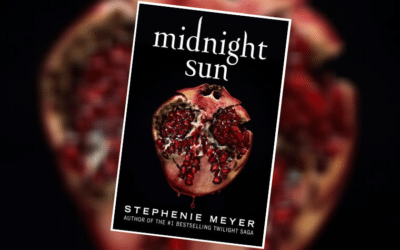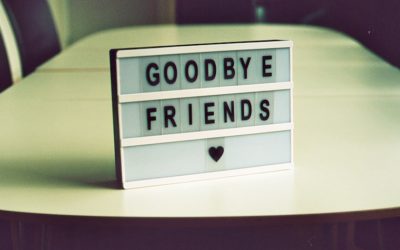I’ve said it before, but I grew up as an only child on a farm in the middle of the wilderness in Oregon. I wear this shirt with pride:
Animals (both real & imagined) were my siblings and friends. The forest was always a place of mystery and adventure that became downright terrifying at night. Having that close proximity to ancient, natural things both got my imagination going and made me feel my place as a tiny piece of the greater mechanism of nature.
Why am I blabbing on and on about this? Well, The Lost Boy damn near illustrates a version of the fantasy forest world I thought existed as a child. There are evil tree-beings (like Ents gone wrong) that threaten the protagonist and wield fearsome power:
There are tiny spirits riding on the backs of woodland animals and house pets, who communicate in their own language and report to a higher authority:
There are tiny cities made of acorns, Napoleon-esque grasshopper generals, and that classic, exhilarating device: a whole world that only [select] children can see, not adults. In this world, timeless spirits of the Earth inhabit plants, animals, and other vessels as they hide in plain sight.
Basically, this is what I saw when I closed my eyes as a kid, and it still influences the way I look at the world now, whenever I feel the need for a bit of magic. It’s a similar concept to this idea for a graphic novel that keeps stirring around my head, I just don’t quite have the illustration skills to depict what’s in there.
The Lost Boy ends with room for a sequel, and I really hope it becomes a reality. The art alone is haunting, meaningful, and leaves you wondering about what else is out there.
While this book is technically intended (or at least, “safe”) for ages 8-12, I tend to take a page from Maurice Sendak whenever possible:
“I believe there is no part of our lives, our adult as well as child life, when we’re not fantasizing, but we prefer to relegate fantasy to children, as though it were some tomfoolery only fit for the immature minds of the young. Children do live in fantasy and reality; they move back and forth very easily in a way we no longer remember how to do.” – Maurice Sendak
This is one of those books that reminds me how to move between fantasy and reality on a regular basis. I highly recommend this as a practice, and recommend this book to help you get there.
Are you reading any graphic novels that you love? How much fantasy do you include in your daily life?





